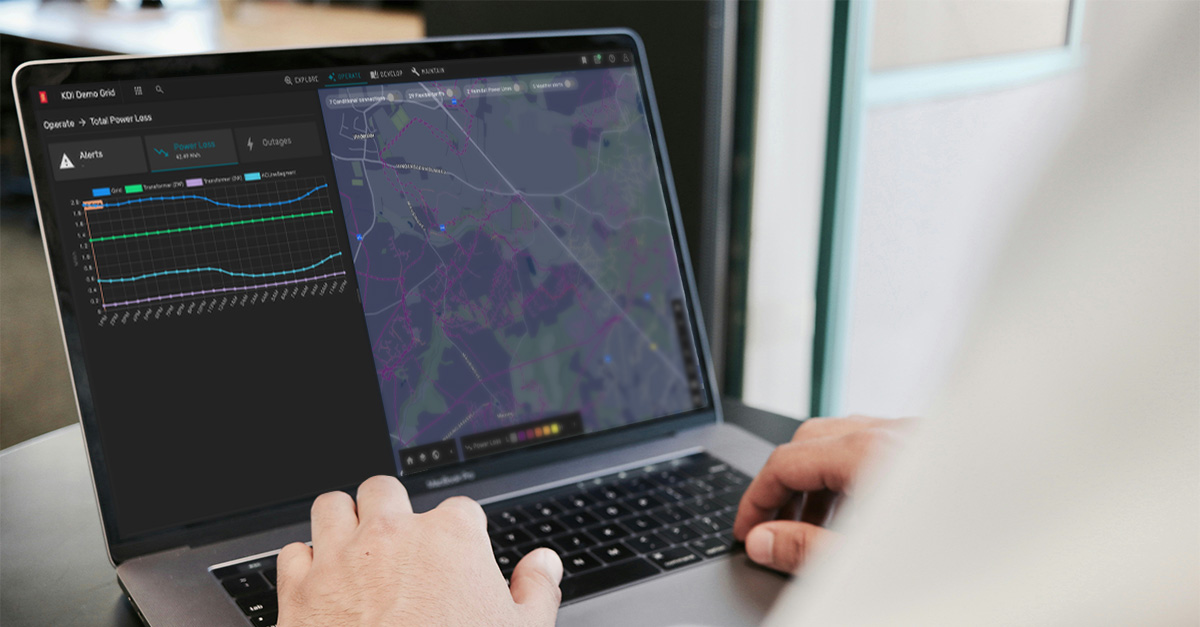June 10, 2025
Managing grid losses starts with understanding where and why they happen

Kognitwin Grid
Unmanaged losses quietly affect the cost and sustainability of the grid. Most operators are aware of the impact, but lack the tools to act in time.
The true cost of losses
Losses in the power grid involve more than just wasted energy and the significant costs associated with it. Power loss also heats up cables and transformers, shortens asset lifetimes, raises operational costs, and leads to avoidable CO₂ emissions.
Utilities incur costs exceeding $96 billion annually from non-technical losses, which include energy losses due to theft, measurement errors, or unbilled consumption. In some regions, this accounts for more than 20% of electricity distribution.
This figure does not include technical losses - the energy that vanishes simply because electricity must travel through lines, transformers, and substations.
Many utilities only report losses once a year, long after they’ve happened. This makes it nearly impossible to respond in time. Operators also lack detailed insight into where the losses are happening. Without accurate data, it’s difficult to know where to act, and decisions are often based on assumptions rather than facts.
From reactive reporting to proactive optimisation
Grid operators need timely, detailed insights to transition and loss management should therefore be a part of the daily operations rather than solely a long-term focus.
Our goal is to make it easier to understand and manage grid losses with Kognitwin Grid.
Here is how it works:
- Kognitwin Grid forecasts daily consumption and demand for the upcoming day.
- It performs extensive power flow simulations using the existing grid model.
- Losses are computed and displayed for every line, transformer, and component.
Operators can quickly identify loss with intuitive heatmaps and examine details at the component level, helping them prioritise actions.


Simulate changes to see the impact
Grid operators often need to make quick decisions about how the network is configured. But understanding how these changes affect losses isn’t always straightforward.
With loss management in Kognitwin Grid, planners can simulate various operational scenarios, such as opening and closing a switch, and immediately see how those changes affect losses throughout the grid. This makes it easier to explore alternatives, identify improvements, and support operational decisions with data.

Reducing losses is part of the bigger picture
Losses don’t just represent financial waste, they mean more energy needs to be produced than actually reaches consumers. Over time, this contributes to increased strain on infrastructure and higher emissions.
As utilities work to modernise their grids and meet decarbonisation goals, reducing losses becomes a shared responsibility, not just for cost savings but also for the health of the energy system as a whole.
By integrating loss awareness into daily operations, Kognitwin Grid supports a more proactive, transparent, and sustainable approach to grid management.
Author

Kristina Iversen Johnstad Kalvø
Product Marketing Manager - Work, Kongsberg Digital



